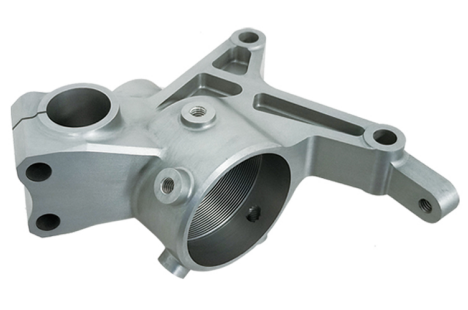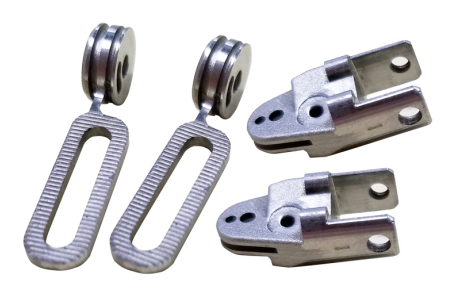|
What are the benefits of CNC precision parts processing?In the process of parts processing and manufacturing, it is important to pay attention to its accuracy requirements, especially CNC precision parts processing, which is a basic requirement because CNC precision parts processing itself has higher requirements and can achieve better results! Below is a brief explanation by Shenzhen Junqi Technology Co., Ltd. on the benefits of precision parts processed by CNC. 1. Multi axis control, multi axis linkage: The commonly used machining centers are mostly three axis linkage. By adding swing angles and reverse coordinates, they can form machining centers with four axis linkage, five axis linkage, seven axis linkage, and even more axis linkage. 2. Parallel machine tool: The commonly used machining center has a relatively fixed function. It combines vertical machining centers, horizontal machining centers, or machining centers, turning centers, etc. together to form a machining system, increasing the machining scale and capacity of the machine tool.
3. Tool damage alarm: Use infrared, acoustic emission, laser and other detection methods to detect the tool. Promptly report to the police, proactively compensate, or replace spare cutting tools in case of tool wear or damage, to ensure product quality. 4. Tool life management: Unified management of multiple blades on a tool or multiple tools working together to improve processing power. 5. Machine tool overload active protection: The machine tool can actively protect the machine tool based on the size of the load during the processing. When the load exceeds the set load, the machine tool will automatically shut down. The load size can be set and modified by oneself. 6. Dynamic solid simulation of machining: During the machining process, it is difficult to investigate the machining status of certain parts of the machine tool. If dynamic solid simulation function is added, the machining status of the workpiece can be investigated at any time, which can prevent adverse phenomena during machining, such as cutting, overfitting, improper steps, etc.
7. Online detection of workpieces: also known as real-time detection, refers to the real-time detection of workpieces during the processing process, timely detection and correction of errors. This function can effectively avoid the problem of re clamping and positioning caused by unqualified inspection after conventional processing, shorten production time, and improve production power. 8. Adaptive control: A machine tool with this function can adjust the cutting conditions (such as cutting force, temperature, etc.) sensed during the machining process through an adaptive control system to adjust the cutting amount in a timely manner, ensuring that the machine tool and tool remain in good condition, and then obtain higher cutting power and processing quality, extending the service life of the tool. |






